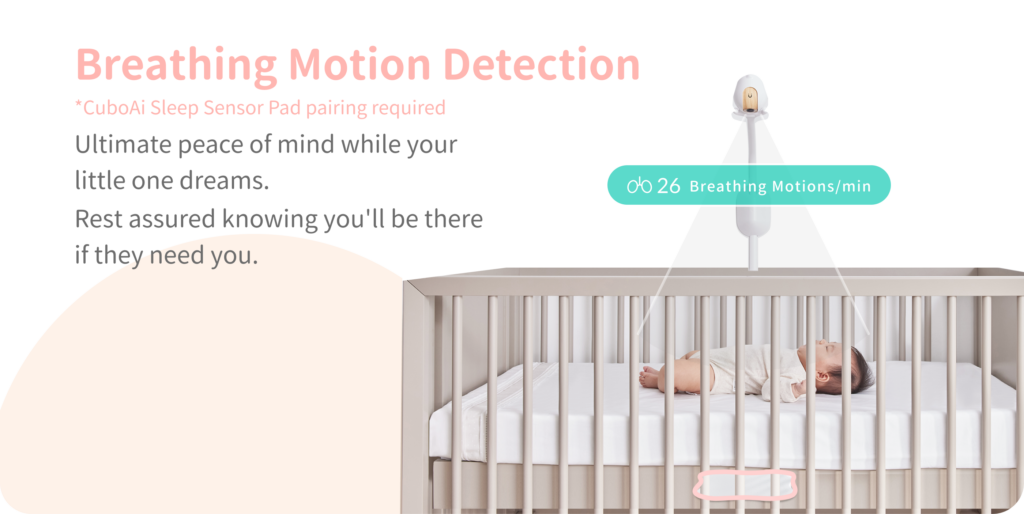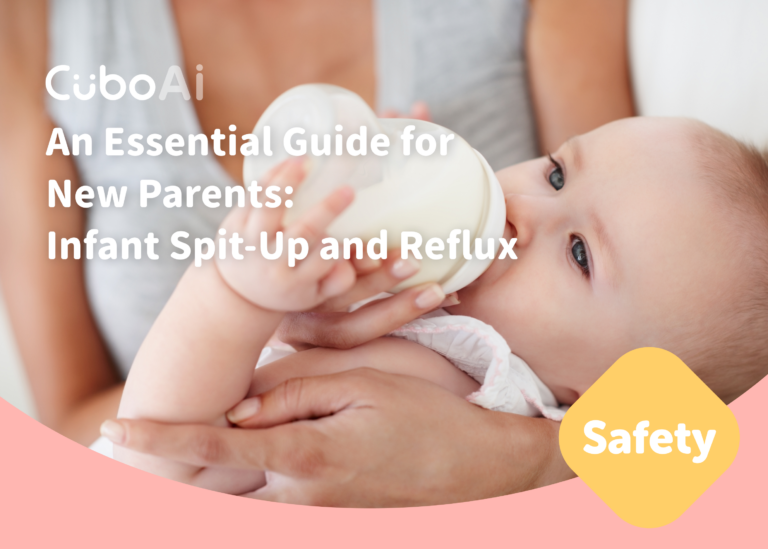Professor Chih-Chien Wang, Department of Pediatrics, Tri-Service General Hospital(Taiwan)
Preface
Lilian’s baby is just one week old, and after each feeding, the baby often spits up a little milk and sometimes even chokes on it. Concerned, she took the baby to the clinic to consult a pediatrician. Lilian wanted to ensure she hadn’t overlooked any important details during feeding and sought advice on preventing the baby from spitting up.
Additionally, a new mother brought her 2-month-old baby to the pediatric emergency room, complaining that recently the baby had started vomiting 15 minutes after each feeding. The vomit is the color of fresh milk, and the baby vomits forcefully, projecting it. Shortly after vomiting, the baby becomes hungry again and wants to feed, but 15 minutes after feeding, the baby vomits again. This situation persisted for two days, and the baby has been crying continuously, with fewer diaper changes and no bowel movements.
Both scenarios are common issues of infants spitting up and vomiting.
1.Why do newborns spit up?
Newborns often experience a reversal of their sleep patterns, becoming more awake at night and sleeping during the day. This is one of the most distressing and worrying issues for new mothers, as it can lead to anxiety, irritability, and disruptions in the parent-child relationship, as well as affect breastfeeding. This reversal occurs because the newborn’s brain is not yet fully developed to regulate the day-night cycle effectively.
2.What is the incidence rate of spitting up in newborns, and how long does it usually last?
Half of all babies spit up at least once a day from birth to 3 months old. This rises to about 70% by 4 months old and then gradually declines to 5% in babies aged 10 to 12 months. Babies spit up less when they are upright compared to when they are lying down. Spitting up is associated with increased crying or activity. Spitting up in newborns is a normal physiological response that typically starts after birth and is a minor issue, as the amount of spit-up is usually small and does not affect the baby’s growth and development. This condition generally resolves as the lower esophageal sphincter strengthens with age, usually disappearing after a few months. A few babies may continue spitting up until about one year old, so there is no need to be overly concerned.
3.How can the occurrence of spitting up in babies be reduced?
If the frequency of spitting up is very high, it can cause concern for parents. Here are a few points to note: Firstly, allow the baby to control their own intake and avoid overfeeding. During feedings, gently pat the baby’s back to help them burp and release excess gas from the stomach, which can prevent spitting up. Second, try to keep the baby in an upright position during feedings rather than lying down to reduce air intake. Thirdly, if bottle-feeding, consider using a cross-cut nipple to avoid the baby sucking too quickly and swallowing a lot of air, which can cause spitting up. If these methods do not reduce the baby’s spitting up, especially if it affects weight gain, consult a pediatrician. There are also specially formulated milks available that can help reduce spitting up.
4.What should be noted when a baby spits up?
After feeding the baby, always hold the baby upright and gently pat their back to help them burp and reduce the chance of spitting up. Additionally, avoid laying the baby flat immediately after feeding to reduce the chance of spitting up. Since spitting up can cause choking, it’s important to turn the baby’s head to one side if spitting up occurs to prevent choking.
If choking occurs and is not promptly addressed, it can lead to aspiration pneumonia. Parents should be especially attentive if the baby chokes. Signs such as coughing, difficulty breathing, and a bluish tint to the lips, nails, mucous membranes, and skin indicate a lack of oxygen and the risk of suffocation. Immediate attention and medical treatment are necessary in such cases.

Figure: CuboAi Sleep Sensor Pad integrates with the Baby Monitor. Place it under the mattress to immediately detect baby’s breathing Motion Detection.
5.What is the difference between baby spitting up and vomiting?
When a baby vomits, the amount is usually much greater than with spitting up, and the vomit can project up to a meter in distance, projected forcefully in a jet-like manner. The color of spit-up typically resembles the color of the milk that was ingested, whereas the color of vomit depends on how long after feeding the vomiting occurs. If vomiting happens within 15 to 30 minutes after feeding, the color of the vomit will be similar to the milk consumed. If it occurs more than 30 minutes later, the color will change and may even have a yellow-green tint due to bile.
6.What are the common causes of baby vomiting?
In addition to infectious gastroenteritis, hypertrophic pyloric stenosis typically affects infants around one or two months old, with an incidence rate of about 2% to 4%. The occurrence in male infants is four to six times higher than in female infants, especially in firstborn males, and there is a familial predisposition. This congenital condition’s main symptom is projectile vomiting within 30 minutes after feeding. The vomit resembles the color of the ingested milk, and this occurs consistently after each feeding. After vomiting, the baby cries and wants to feed again due to hunger, but the same situation recurs. This pattern can persist, causing considerable anxiety for parents, as illustrated in the earlier example.
Additionally, there are rare congenital intestinal abnormalities that can cause intestinal obstruction, leading to vomiting in newborns. The vomit in these cases often appears yellow-green, primarily due to bile.
Another rare condition is intussusception, similar to intestinal obstruction, which also results in persistent vomiting and crying in infants. Furthermore, rare cases of infant hernias, where the intestine gets trapped at the hernia site, can cause intestinal obstruction, leading to crying and vomiting.
7.How should baby vomiting be handled?
The most important thing is to identify the cause of vomiting. It’s typically best to withhold food from the infant for 4 hours and observe if vomiting continues. If vomiting ceases, a small, frequent feeding schedule with primarily liquid intake can be considered. If vomiting persists, medical attention is necessary. The doctor will inquire about potential causes of vomiting and perform a physical examination. If needed, abdominal ultrasound, X-ray, or CT scan may be conducted to determine the underlying cause of vomiting.
For hypertrophic pyloric stenosis, surgical intervention may be necessary to quickly alleviate vomiting. For intestinal obstruction, specific location of the blockage will dictate further surgical options. Intussusception can often be managed with a warm saline enema to relieve the intestinal blockage.
8.In what situations does a baby need to be taken to the hospital immediately for vomiting?
- When vomiting is projectile
- Vomit appears bile green
- Contains blood
- Stool contains blood or is dark red
- Continuous crying, abdominal swelling and pain
- Fever with increased heart rate and breathing
- Decreased urine output with signs of dehydration
- Stiff neck
If any of the above conditions are present, immediate hospital evaluation is necessary to quickly identify the cause of vomiting, particularly in cases of intestinal obstruction. Prompt consultation with a pediatric surgeon is required for urgent surgical intervention to prevent serious consequences.





